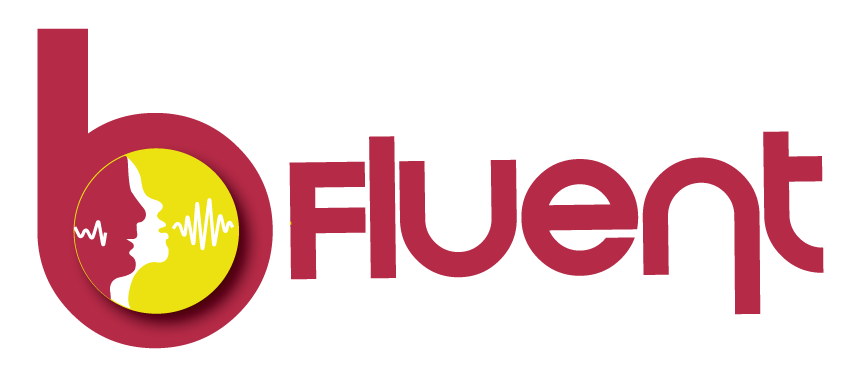When learning a new language, building a robust vocabulary is essential. Memorizing vocabulary effectively can make a huge difference in your fluency and confidence. Here, we explore some of the best techniques to help you retain and recall new words with ease.
1. Spaced Repetition
What It Is:
Spaced repetition is a technique based on the idea that we remember information better if we review it at increasing intervals over time. It leverages the psychological spacing effect to help transfer information from short-term to long-term memory.
How to Use the Technique:
- Use Flashcards: Create flashcards with the target vocabulary on one side and the definition or a sample sentence on the other. Review them at spaced intervals.
- Set Review Dates: Plan specific dates to review your vocabulary lists—daily, then weekly, and gradually less frequently as you master the words.
2. Mnemonics
What It Is:
Mnemonics involve creating mental associations or memory aids to make information easier to remember. By linking new words to familiar concepts or images, you can enhance recall.
How to Use the Technique:
- Create Associations: Link a new word to a similar-sounding word or image. For example, to remember the Spanish word “gato” (cat), visualize a cat in a “gate” to make the connection.
- Use Acronyms: Form acronyms or memorable phrases with the vocabulary words. For instance, create a sentence where each word starts with the same letter as your target words.
- Visual Imagery: Draw or visualize a scene that incorporates the new vocabulary words in a meaningful way.
3. Contextual Learning
What It Is:
Contextual learning involves understanding and using vocabulary within sentences or real-life contexts. This technique helps you grasp the meaning and usage of words more effectively.
How to Use the Technique:
- Read in Context: Read books, articles, or dialogues in your target language to see vocabulary used in context. Highlight and look up new words as you go.
- Write Sentences: Practice writing sentences or short paragraphs using the new vocabulary. This reinforces understanding and usage.
- Engage in Conversations: Use new words in conversations with language partners or tutors to practice and reinforce your learning.
4. The Keyword Method
What It Is:
The keyword method involves using a familiar word (the “keyword”) that sounds like the target vocabulary word and then creating an image or story that links the keyword with the meaning of the new word.
How to Use the Technique:
- Identify a Keyword: Choose a word that sounds similar to the new vocabulary word. For example, for the French word “pomme” (apple), use the English word “palm” as your keyword.
- Create an Image or Story: Visualize a palm tree with apples hanging from it or imagine eating an apple in your palm. This helps link the keyword to the new word’s meaning.
- Review Regularly: Recall the image or story periodically to reinforce the connection.
5. Practice with Word Maps
What It Is:
Word maps are visual diagrams that show the relationships between words, their meanings, synonyms, antonyms, and usage. They help organize and structure vocabulary information.
How to Use the Technique:
- Create Maps: Draw a central circle with the target word and branch out to include its definition, synonyms, antonyms, and example sentences.
- Use Online Tools: Employ online tools or apps designed for creating mind maps to organize your vocabulary visually.
- Review and Update: Regularly update your word maps with new vocabulary and review them to reinforce learning.
Conclusion
Memorizing vocabulary is a key aspect of language learning, and using effective techniques can significantly enhance your retention and recall. Experiment with different methods to find what works best for you, and remember that consistency is key. With these techniques, you’ll be well on your way to expanding your vocabulary and achieving greater fluency in your new language. Happy learning!
